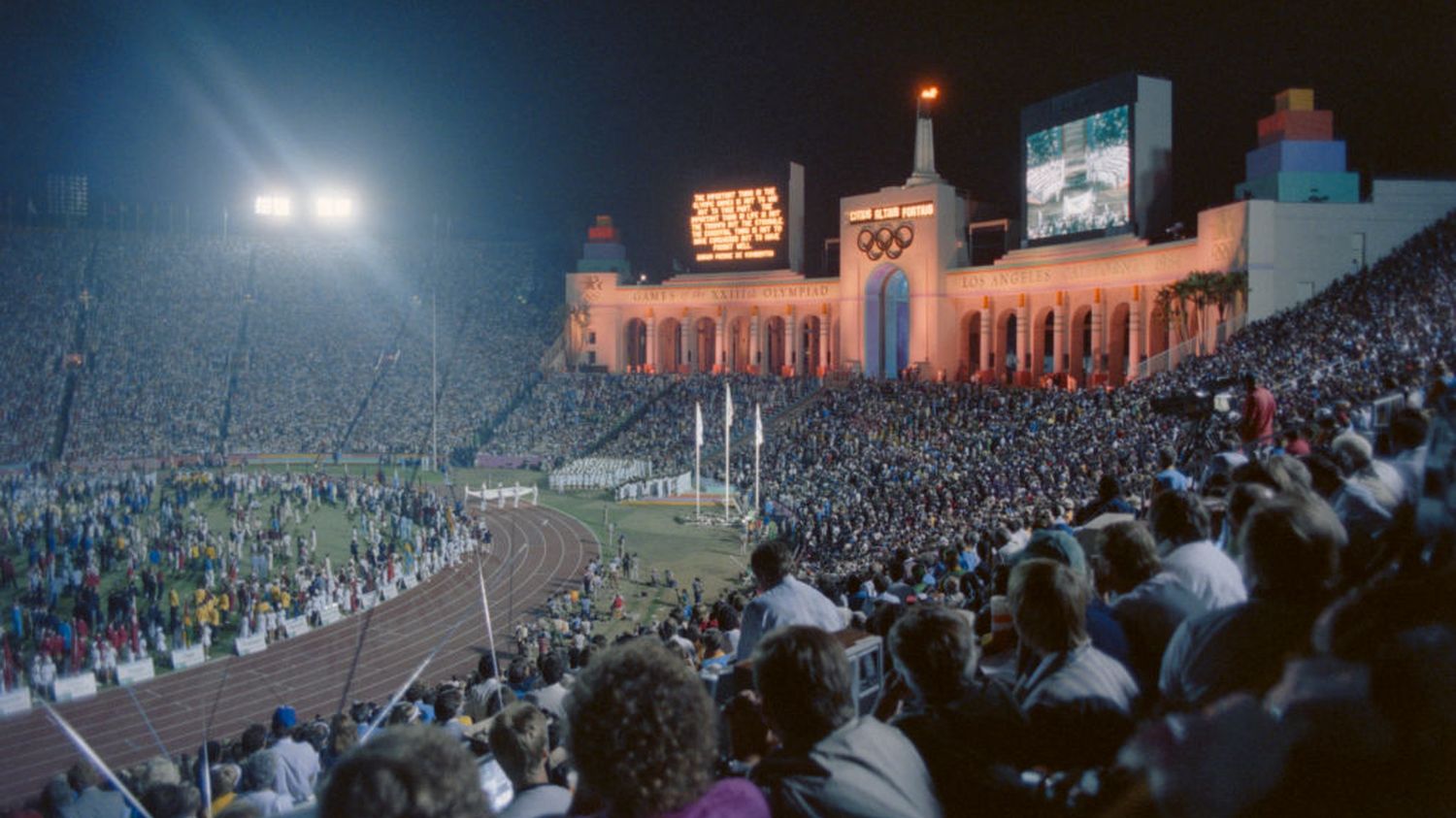Historian Fabrice d’Almeida’s look at the Olympic Games is devoted today to the closing ceremony that awaits us this evening, as the Olympic fortnight ends before the resumption of the Paralympic Games from Wednesday August 28 to Sunday September 8, 2024.
Published
Reading time: 4 min

The Paris 2024 Olympic Games end tonight with the traditional closing ceremony. Fabrice d’Almeida, historian and consultant for franceinfo, looks back on these ceremonies that have punctuated the Games since their creation, on their significance and on the scale they have deployed since the modern Games in particular.
franceinfo: Is this closing ceremony an important ritual for the athletes?
Fabrice d’Almeida: The closing ceremony, as a child, I hated this moment, both solemn and long. I hoped that something special would happen. I did not understand that in itself, this ceremony was an event, a part of this Olympic ritual that has slowly imposed itself. Basically, a closing ceremony nowadays has two specific moments. The official part, with a parade of athletes, official speeches and the passing of the baton, and the festive part, a more or less interesting show, more or less rich in meaning.
The official part dates back to the first games. It corresponds to an order of things, with two highlights since the creation of the modern Games: a parade of athletes, and speeches including that of King George I of Greece, proclaiming the end of the Olympic Games. The originality compared to today is that, during the closing ceremony, the athletes received their medals. It is only since 1904 that the medals are awarded after the events, and not at the end of the Games.
The first medal was silver, in 1896. It had been created by Jules Chaplain, a sculptor to whom the Third Republic had attributed the type of the gold coin, with the rooster and a figure of Marianne of 10 Fr. If I mention this, it is because Pierre de Coubertin was influenced by the republican ritual and the republican patriotic ceremonies. And he wanted the Olympic world to have its ceremonial too. This is why he wanted opening and closing ceremonies, as if they were a form of worship which would have been that of sport, performed every four years by the athletes and the public.
And it worked. A sort of Olympic cult was established with the parade of athletes at the end, the flame being extinguished, and the flag of the next host country flying next to the one whose games were ending. And the mayors of the two cities passed on an Olympic flag, this flag with the rings, imagined by Coubertin in 1920. Alongside this compulsory part, the cities put on a real show. The one in Moscow in 1980 innovated in the choreography.
Since Moscow, the ceremonies have grown in scale?
Yes, they became real spectacles. Countries took advantage of this moment to highlight those who were involved in organizing the Games. In fact, the Games have a civic dimension, and take things beyond sport to show the emergence of a universal culture.
